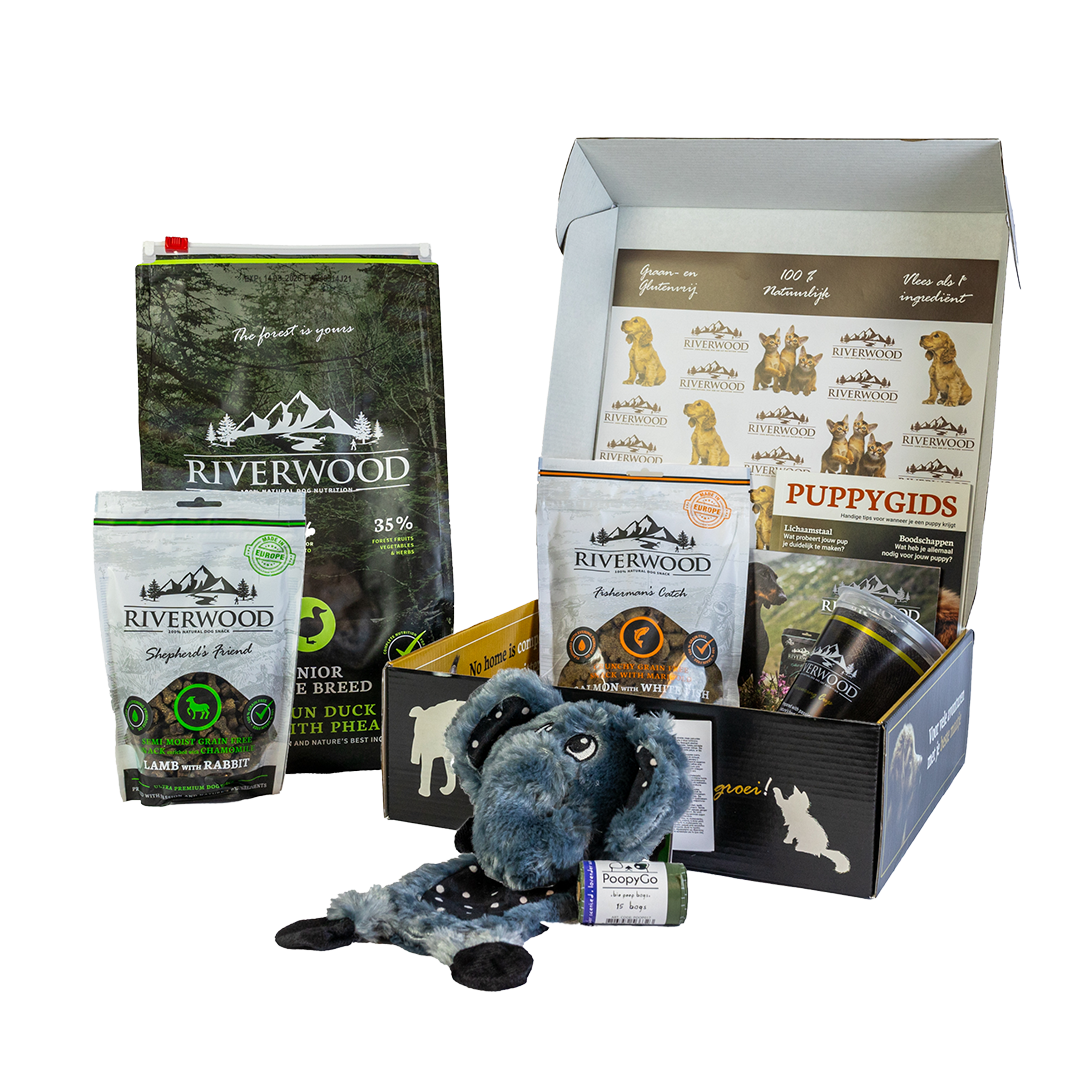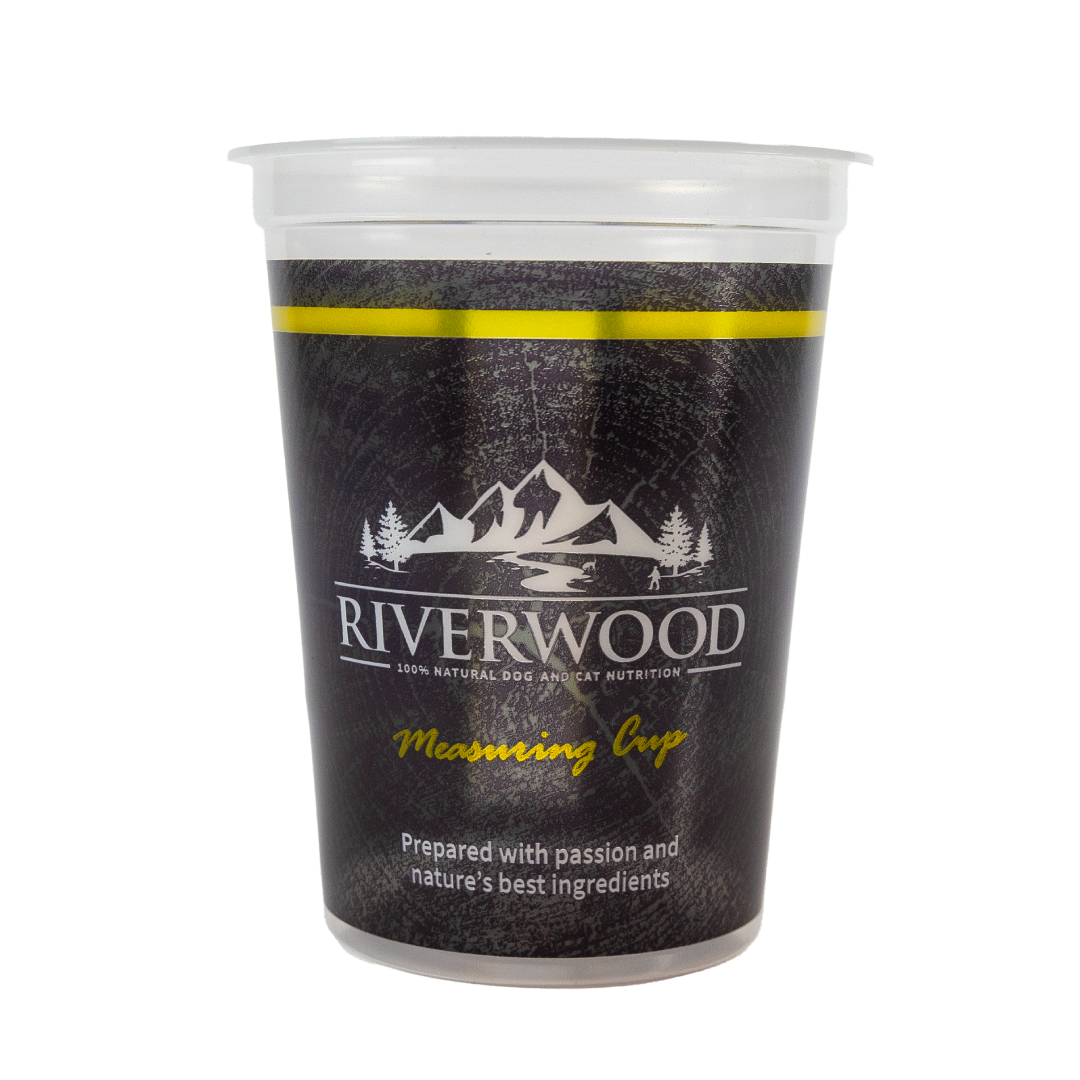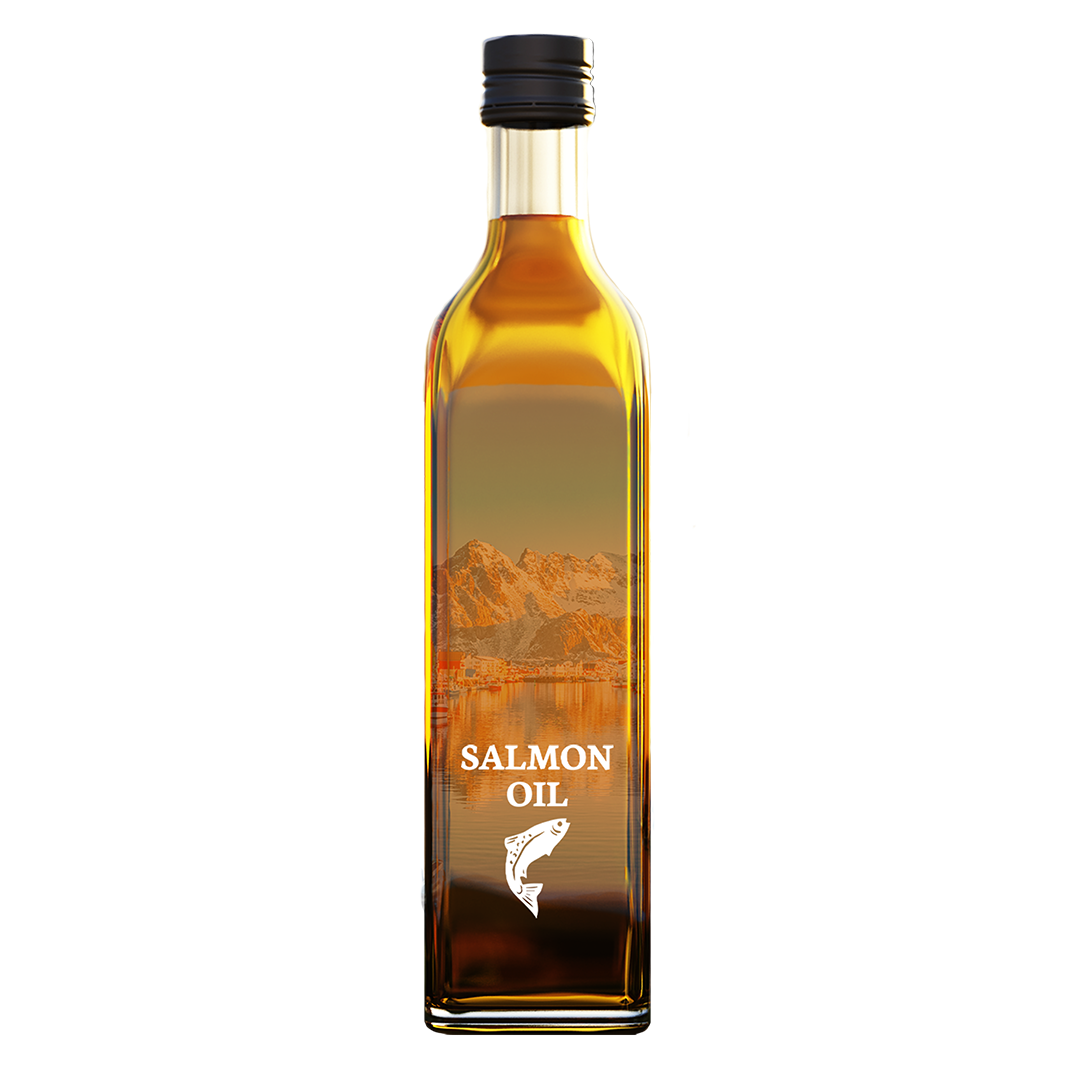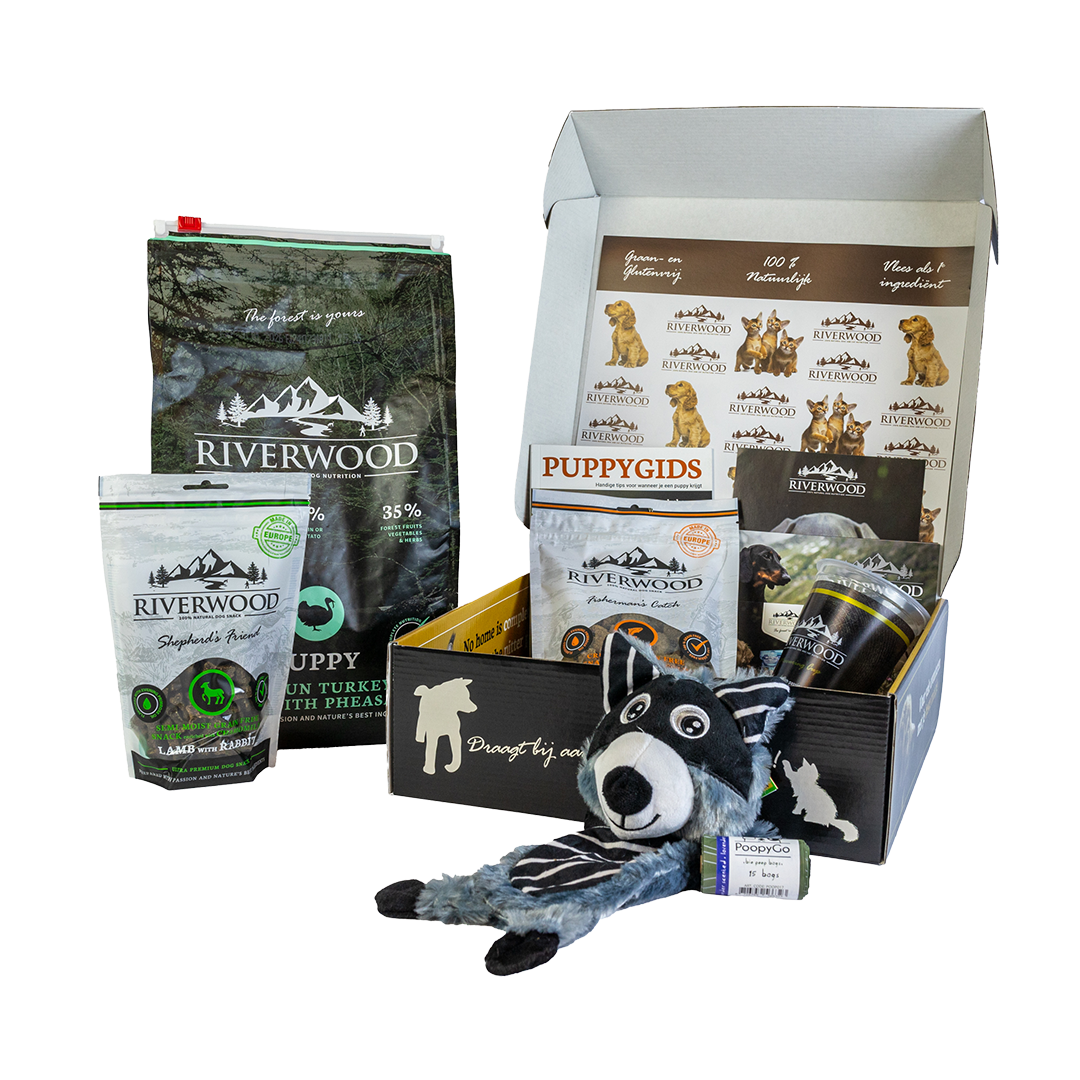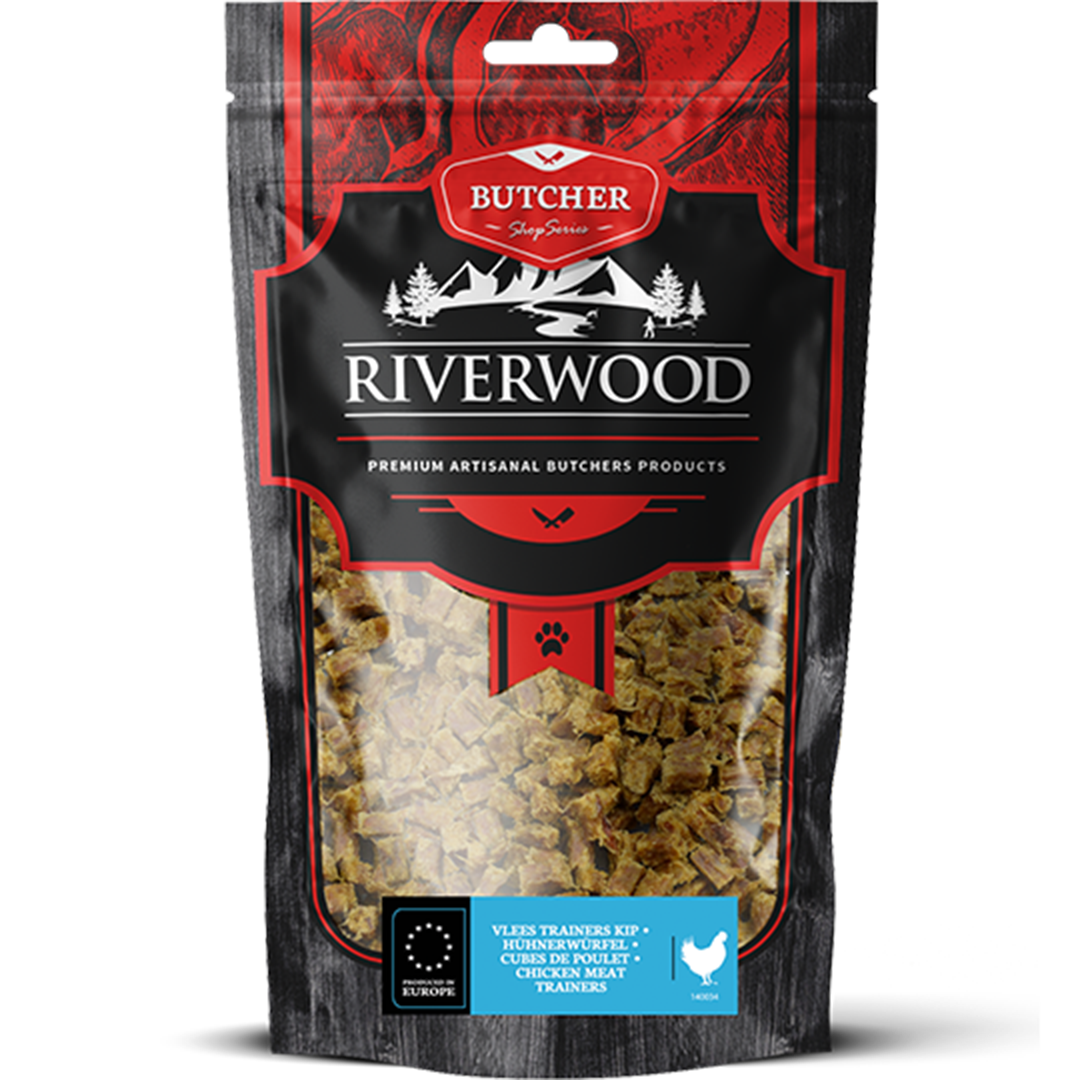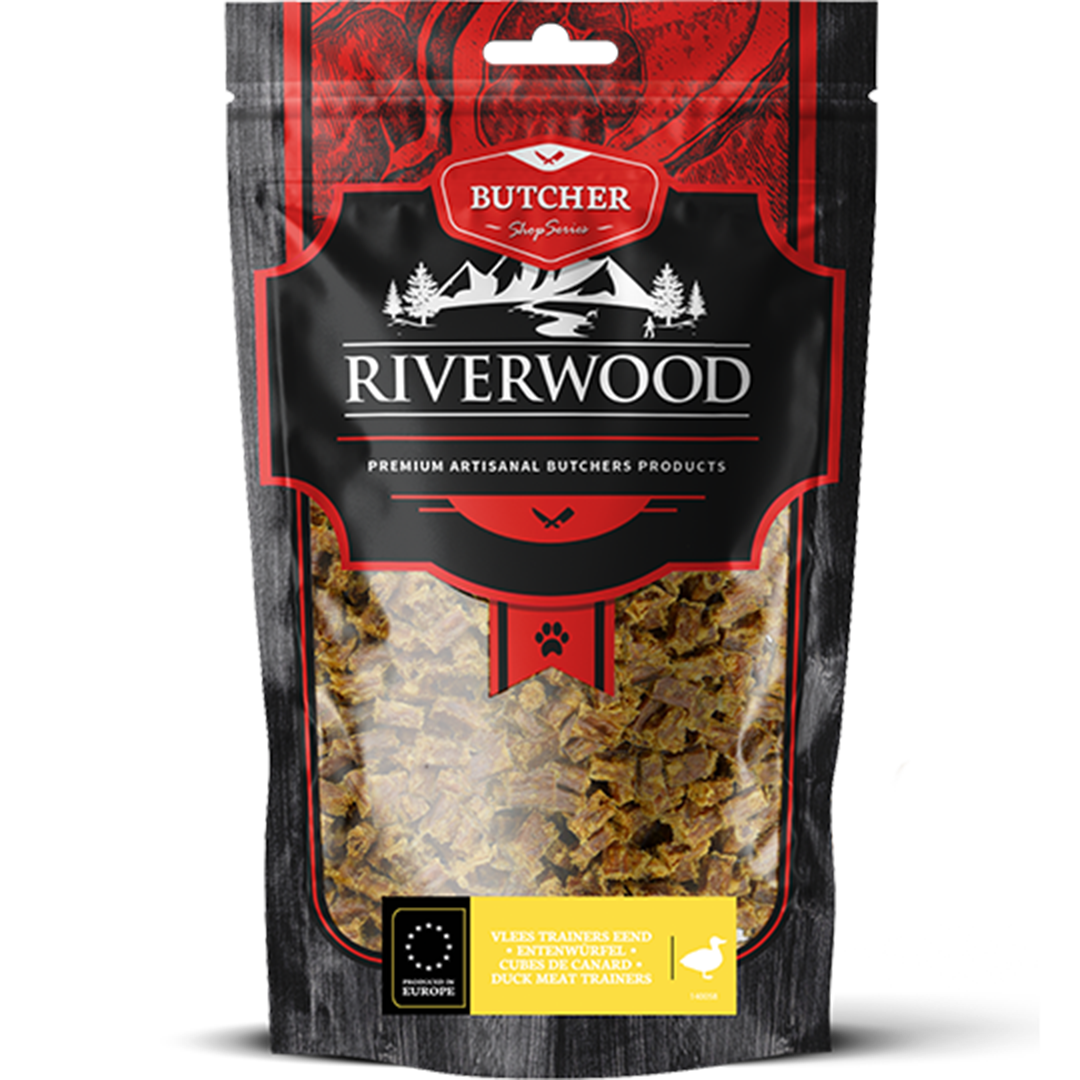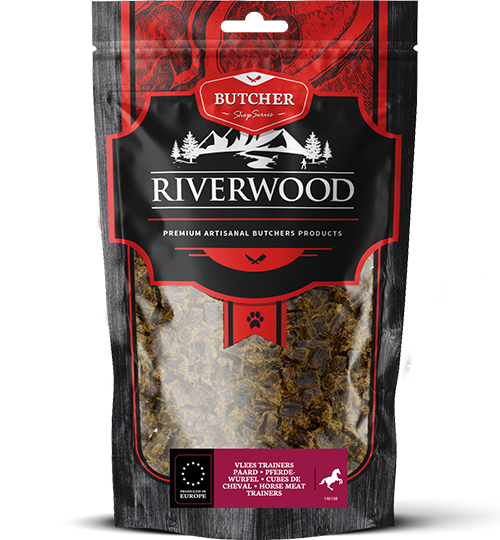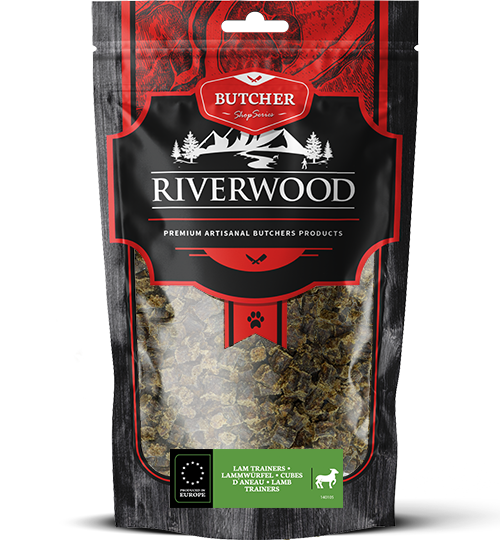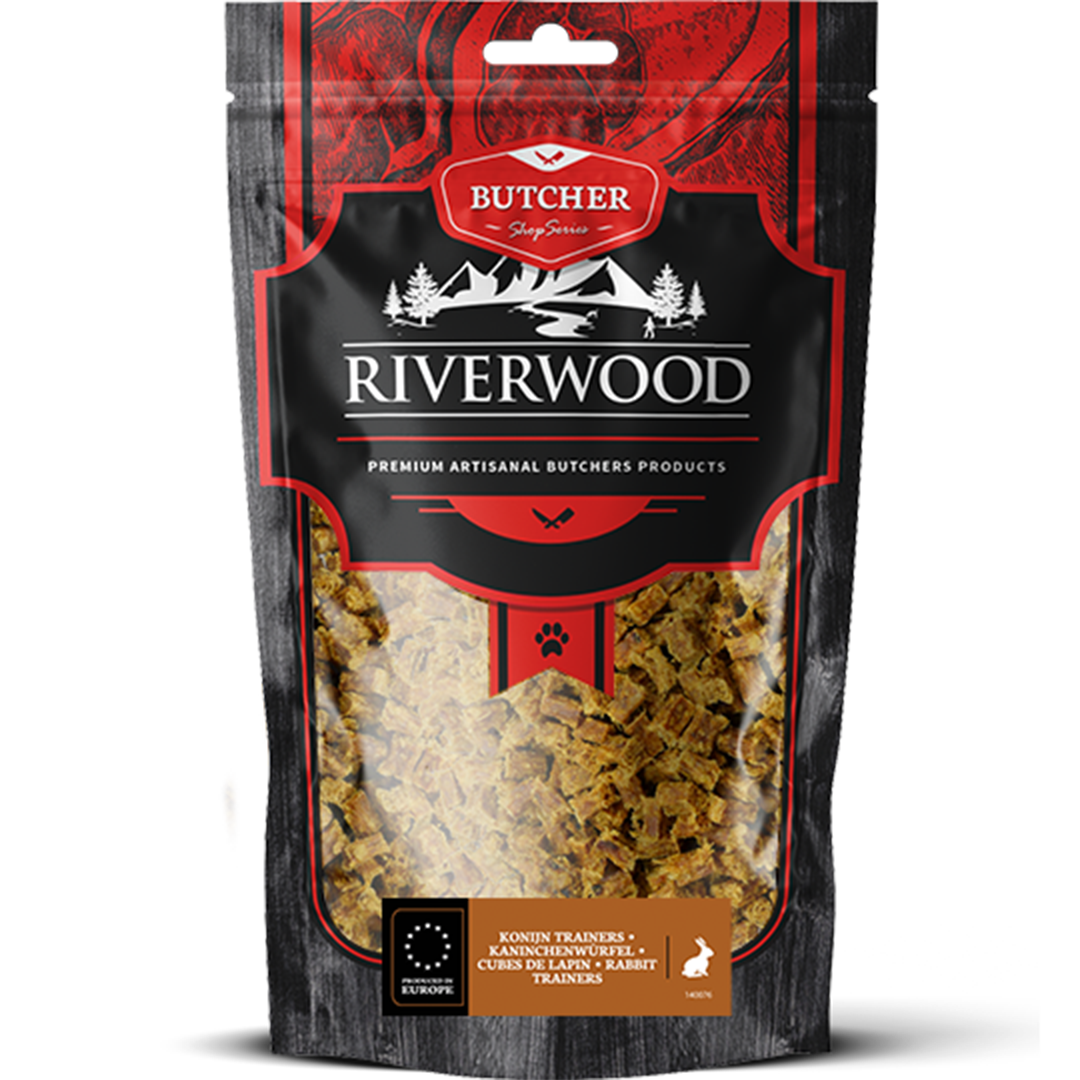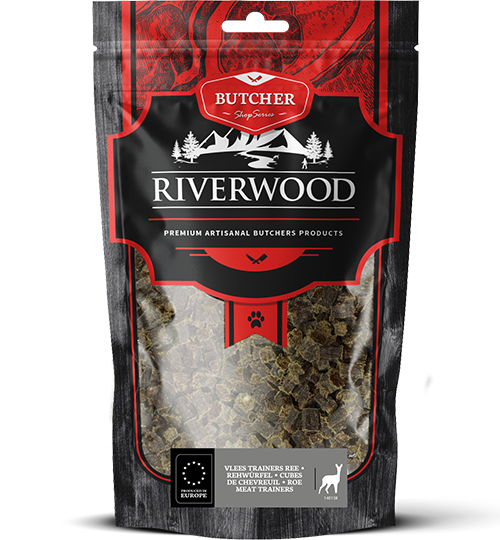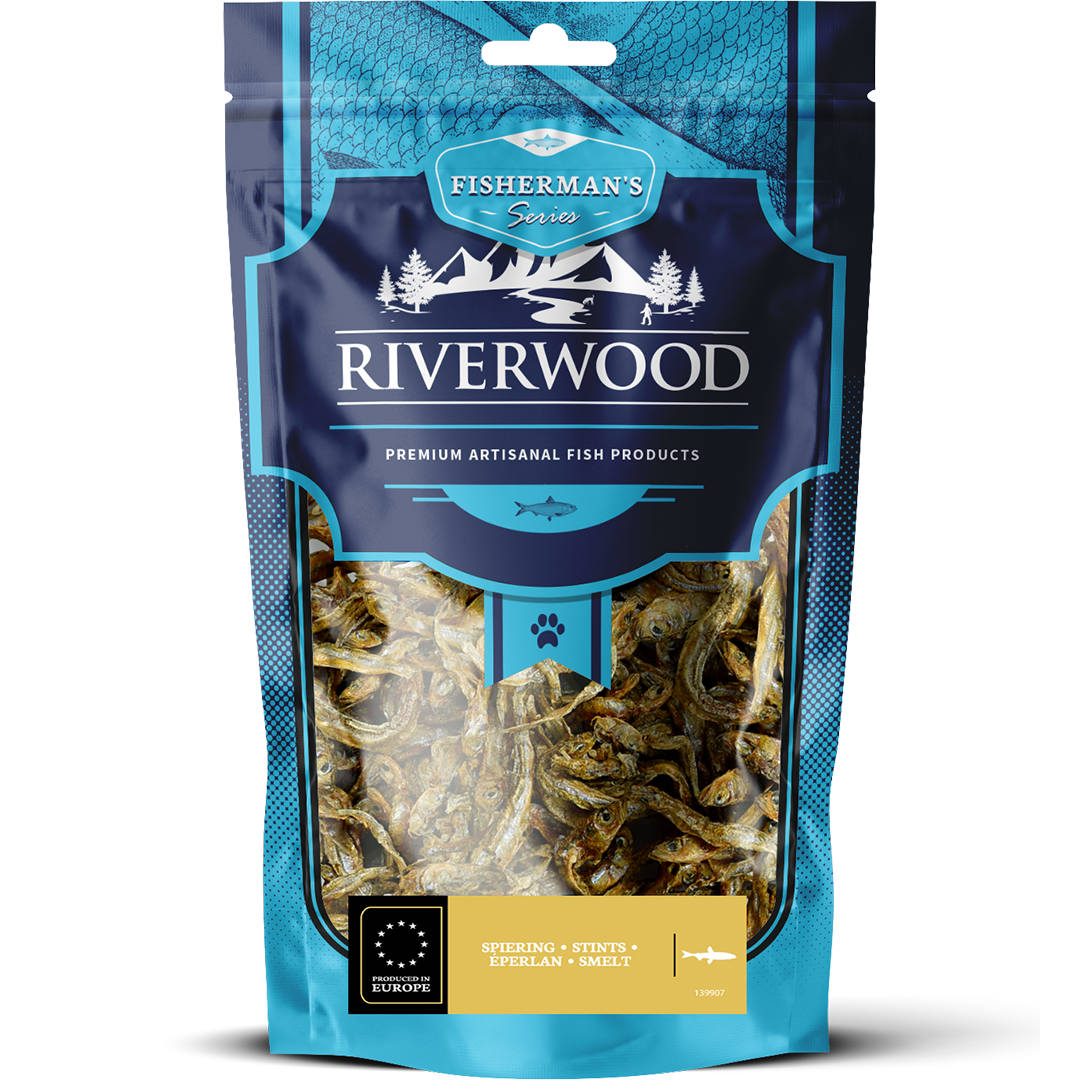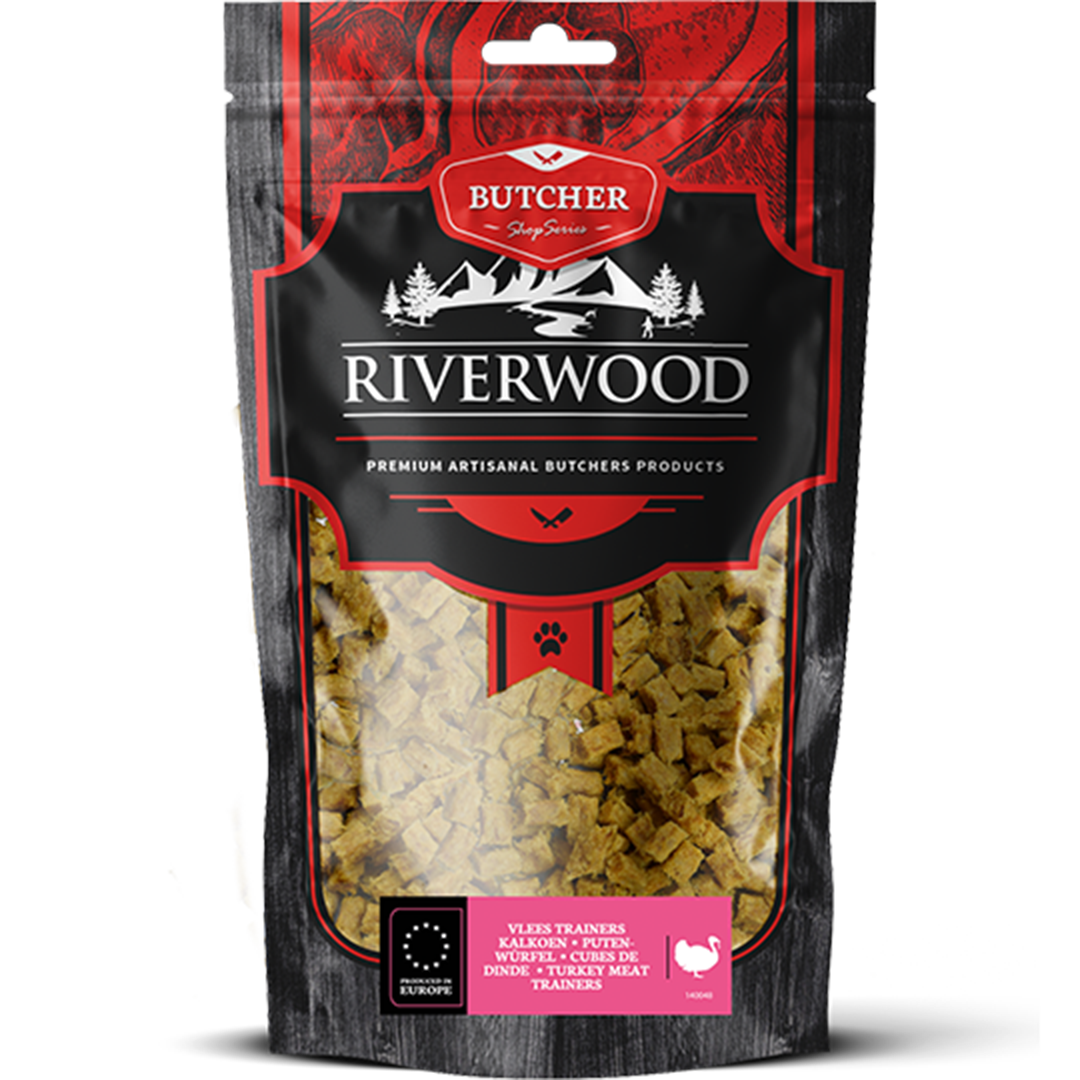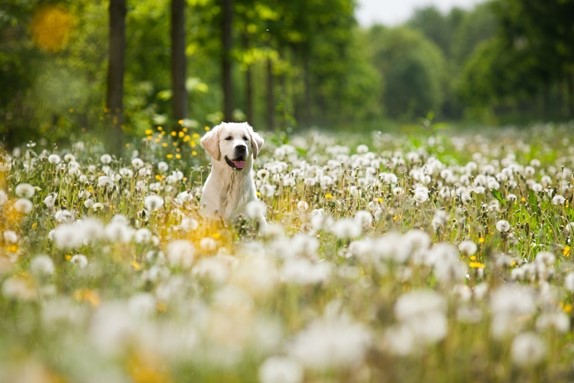
Can dogs suffer from hay fever?
Spring is here again! The perfect time to get out and about with your four-legged friend. At the same time, spring is a period when flowers, plants, and trees are in full bloom. And we all know what that means: hay fever. In other words, constant sneezing, itchy and/or watery eyes, and shortness of breath.
Of course, we want to spare our dogs from this. So the big question is: can dogs get hay fever? Unfortunately, the answer is yes. In this blog, we'll tell you more about the symptoms and how you can prevent them as much as possible.
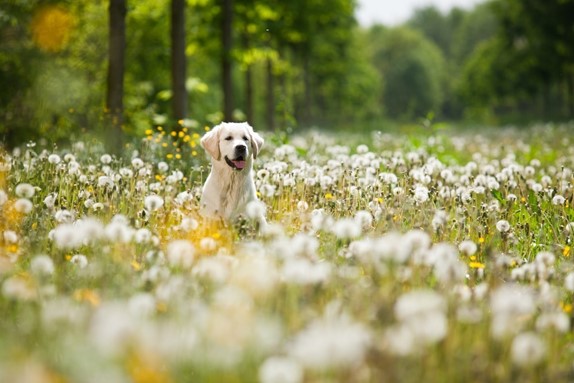
What is hay fever?
Pollen from trees, plants, and flowers can cause hay fever symptoms. It is important to note that hay fever is an atopic condition, also known as an environmental allergy. This can occur in both humans and dogs. Atopy can cause your dog to have an allergic reaction not only to pollen and grasses, but also to mites and dander.
Is atopy hereditary?
Although your dog may develop environmental allergies later in life, atopy is often hereditary. In 75% of cases, dogs suffer from environmental allergies at a younger age.
How does hay fever develop with dogs?
Hay fever is largely caused by inhaling pollen, but skin contact with pollen can also cause an allergic reaction. So be careful where you let your dog run free.
When can a pollen allergy occur?
Hay fever symptoms are most likely to occur between February and September. As most vegetation grows in May and June, your dog is more likely to suffer from hay fever during this period.
On warm or windy days, there is also a lot of pollen in the air. This can also cause unpleasant symptoms.
What hay fever symptoms can your dog suffer from?
Dogs that suffer from hay fever often have skin problems. You will often see them biting, scratching, or licking to relieve the itching. This in turn causes bald spots, scabs, thickening, and discoloration of the skin.
The most common symptoms are listed below:
- Itching, mainly on the paws, armpits, head, and groin
- Watery eyes, which may itch and irritate
- Frequent sneezing
- Rash on the muzzle or paws
- A runny nose
- An irritated throat
- Excessive licking can cause discoloration of the coat
- Ear infection
Please note: if your dog scratches a lot, it may also have fleas or dust mites.
Not sure? Have your vet perform an allergy test to make sure your dog does not have hay fever.
Which dog breeds are more prone to pollen allergies?
Your dog may be more prone to developing a pollen allergy. The shape of the muzzle, physique, type of coat, and respiratory system are all factors that play a role. In general, hay fever is most common in the following breeds:
- Irish Setter
- Schnauzer
- Cairn Terrier
- Poodle
- West Highland White Terrier
- Boston Terrier
- Dalmatian
- Wire-haired Terrier
Skip product gallery
 Riverwood Adult
Adult Salmon & Whitefish with Herring
From
€20.59
Riverwood Adult
Adult Salmon & Whitefish with Herring
From
€20.59
 Riverwood
Adult XL Duck & Turkey with Pheasant
From
€20.59
Riverwood
Adult XL Duck & Turkey with Pheasant
From
€20.59
 Riverwood
Junior XL Duck & Turkey with Pheasant
From
€20.59
Riverwood
Junior XL Duck & Turkey with Pheasant
From
€20.59
 Riverwood
Puppy Turkey & Duck with Pheasant
From
€20.59
Riverwood
Puppy Turkey & Duck with Pheasant
From
€20.59
 Riverwood Adult
Reindeer & Deer with Wild Boar
From
€21.59
Riverwood Adult
Reindeer & Deer with Wild Boar
From
€21.59
 Riverwood Adult
Venison & Lamb with Rabbit
From
€21.59
Riverwood Adult
Venison & Lamb with Rabbit
From
€21.59
Products

Average rating of 4.8 out of 5 stars
In stock

Average rating of 4.8 out of 5 stars
In stock

Average rating of 4.7 out of 5 stars
In stock

Average rating of 4.9 out of 5 stars
In stock

Average rating of 4.8 out of 5 stars
In stock

Average rating of 4.8 out of 5 stars
In stock
How can you prevent hay fever symptoms in dogs?
By making small changes to your daily habits, you can already limit the symptoms. Fortunately, it doesn't take much; it's more a matter of getting used to it.
Where do you go for walks?
Are you lucky enough to live near the beach? Then take your four-legged friend to the beach instead of a green environment. This reduces the chance of pollen being present.
Time of day you walk your dog
By walking your dog early in the morning or late in the evening, you reduce the risk of hay fever symptoms.
Rinse away the pollen
Have you been for a brisk walk in the woods? Don't forget to rinse your dog's coat. This will remove most of the pollen from its fur.
Clean up
We sometimes forget to clean our beloved four-legged friend's basket, cushion, or blanket(s). However, it is important to do this regularly, especially if you have a pollen allergy.
Have you washed your dog's cushion or blanket? Make sure you let it dry indoors.
We have listed other ways to prevent hay fever symptoms below:
- Keep windows and doors closed as much as possible
- Vacuum regularly (don't forget your carpet and curtains)
- Keep your lawn short
- Don't bring fresh flowers into your home
Can hay fever in dogs be treated?
A pollen allergy can never be completely cured. However, you can reduce symptoms by using medication, for example. Antihistamines are often used to combat hay fever symptoms. However, this medication appears to be less effective for dogs. Antihistamines for humans can even be toxic to dogs. Therefore, always consult your veterinarian for sound advice. Do not give your dog any medication that has not been prescribed by your veterinarian.
In addition to medication, you can reduce symptoms with ear and eye drops and special shampoos designed to limit itching.
Can diet help dogs with hay fever?
Hay fever is an atopy (environmental allergy), which means that the allergic reaction comes from outside the body. Unfortunately, this means that hay fever (and other environmental allergies) cannot be cured with special food.
As described earlier, hay fever can cause severe skin complaints. By feeding your dog a diet based on (oily) fish, you can support their skin and coat. Dog food containing fish is rich in omega-3 fatty acids, which protect your four-legged friend's skin and coat.
Riverwood Adult Salmon and White Fish with Herring contains an extra high level of omega-3 fatty acids. An alternative is to supplement your dog's current diet with an omega-3 supplement. Riverwood Norwegian Salmon Oil is a supplement based on pure salmon oil, which contributes to healthy skin and coat.
Many dogs already enjoy Riverwood every day. Would you like your dog to enjoy our delicious foods too, and are you curious to find out which variety would suit your dog best? Answer a few questions here and order an affordable trial pack right away.

